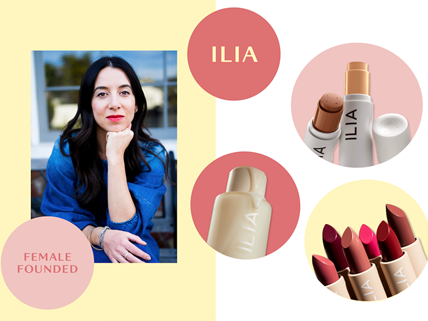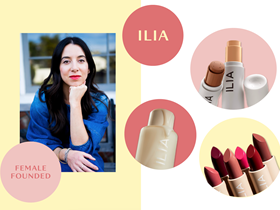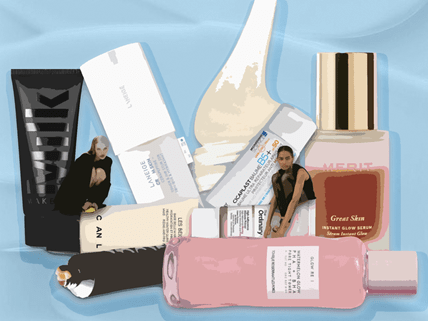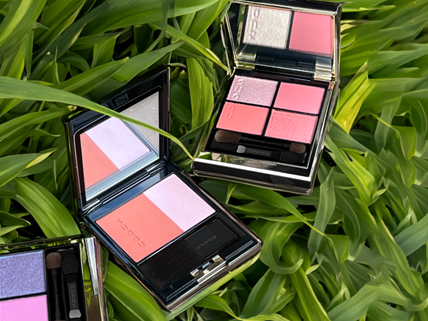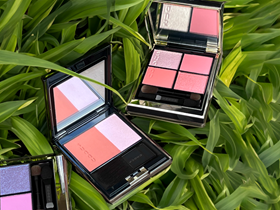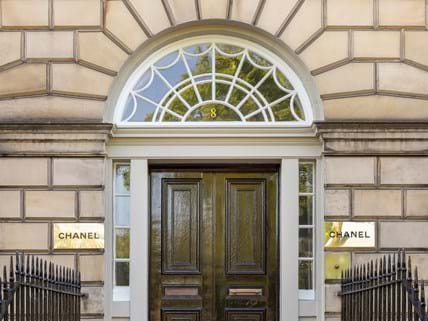I’ll never forget the first time I bleached my facial hair. Sat on my friend's bedroom floor, we mixed together equal parts cream bleach and powder, carefully following the instructions in our Jolen DIY kit. 10 minutes later, after fighting the urge to itch, our dark-haired “moustaches” were bleach blonde and all our problems solved. We were 11 years old.
The desire to banish my beard lives on. And over the years, I’ve dabbled in all forms of facial hair removal – plucking (ouch!), waxing, threading and worst of all shaving – which can be painful, expensive and never actually fully permanent.
It’s fair to say many of us have a complicated relationship with our facial fuzz. While the stigmas around female body hair more broadly are gradually being phased out, it seems that facial hair is still a subject on everyone's lips.
Something that is completely normal but often perceived as abnormal, a hairy face is still something of a “taboo” for cis women and even more knotty to navigate if you're trans feminine. Facial hair removal can also trigger breakouts, damage skin or, worse still, lead to scarring and hyperpigmentation.
But it’s not all razor burns, doom and gloom. “The most significant shift in attitudes towards facial hair removal is acceptance of personal choice,” says aesthetician and founder of StackedSkincare, Kerry Benjamin. “It's about doing what makes us feel confident and comfortable in our skin.” So whether you prefer a baby-smooth face, peach fuzz or a full beard, you call the shots.
Today, those embracing their own facial hair and sharing honest insight into personal experiences across social media are manifold. Women like Allie Bloom and Harnaam Kaur, who live with polycystic ovary syndrome (PCOS), a condition that affects 1 in 10 women and can lead to the growth of excess facial hair, are promoting the conversation of acceptance. Plus, gender non-conforming and transfeminine voices like Alok Vaid-Menon are using their platform to bring this complex discussion to light.
The result? We now have a more open dialogue on facial hair than ever before, which is in part made possible by the rise of short-format social media like TikTok, where #FacialHairWomen has amassed over 3 million views.
There are also countless ways to get rid of your unwanted hair on your own terms. “With advanced, at-home hair removal methods like dermaplaning readily available, removing unwanted facial hair has become more accessible and easier than ever,” says Kerry. Dermaplaning is also praised as a pain-free method that aids skin recovery, reduces acne scarring and removes dead skin cells to leave you glowing without breaking the bank.
Laser hair removal is also a good low-impact option. Although on the slightly more expensive end of the spectrum, once done enough times the results can be fully permanent. Costing around £24 a session, the treatment is painless, quick and easy – plus top-ups can be done during your lunch break. “Constant waxing and shaving can take a toll on your delicate skin,” says Thérapie Clinic, one of Europe’s leading medical aesthetic clinics, that's been running for over 20 years.
“We only use medical-grade lasers to deliver the very best hair removal results which will leave your skin feeling and looking clearer and smoother, for longer.” With 60 clinics dotted around the UK & Ireland, access to professional lasering has never been more convenient.
So whether you’re a fan of fuzz or not, after a temporary fix or something a little more permanent, there are plentiful options to express yourself – however you choose. This month, I’ve put down the bleach, cancelled my wax, and am letting my (facial) hair down. Next month, I might decide to laser it all off. Either way, it's my beard and my business.
By Augustine Hammond
Hair Today, Gone Tomorrow



